Wilson Disease Case Study
Wilson disease case study. Its incidence rate varies from 1300001100000 while carrier frequency is approximately 190 and the disease is known to be more prevalent amongst the Chinese and other Asian populations. Case 1 16 year old boy BMI 28 presented with oedema feet and abdominal distension Born of a non consanguineous marriage On examination has oedema feet mild icterus and moderate ascites mild tremors and mask like facies gait is slow 3. Case Study In 1912 neurologist Samuel Alexander Kinnier Wilson published the first research related to a rare genetically inherited autosomal recessive disease1 Even though the clinical recognition of Wilson disease occurred more than 100 years ago it still remains a poorly understood disor-.
Analysis of 57 cases. Wilson disease also known as hepatolenticular degeneration is a disorder in the liver that results in the improper metabolism of copper which leads to accumulation of excessive amounts of this vital trace element in the liver brain eyes and other organs. Clinical presentation may be variable and diagnosis is often aided by clinical and biochemical tests.
Hepatolenticular degeneration HLD also known as Wilsons disease WD is a rare autosomal recessive condition. An Update EveARoberts1 andMichaelLSchilsky2 This guideline has been approved by the American Asso-ciationfortheStudyofLiverDiseasesAASLDandrep-resents the position of the association. Wilson disease WD is a recessive inherited disorder caused by a reduced incorporation of copper into ceruloplasmin resulting in the accumulation of this metal in different tissues especially in the liver central nervous system heart and kidneys.
Acute hepatitis and acute liver failure Patients with Wilson disease most often children or young adults may develop acute hepatitis that is indistinguishable from acute viral hepatitis with elevated aminotransferase levels jaundice and abdominal pain. The first year of the study requires 3 inpatient hospital stays and 34 visits 24 of which can be done at your home. As copper accumulates signs and symptoms appear.
In 1993 the Wilson disease gene ATP7B was cloned. Individuals often present with nonspecific findings making diagnosis difficult. Wilson disease is an autosomal recessive inherited disorder.
This gene localized to chromosome arm 13q codes for a membrane-bound P-type copper-transporting ATPase expressed primarily in the liver. Preamble These recommendations provide a data-supported ap-proach to the diagnosis and treatment of patients with. A mutation of the ATP7B gene on chromosome 13 results in impaired copper filtration and metabolism in the liver and in turn copper intoxication.
American Association for Study of Liver Diseases AASLD. J Pediatr Gastroenterol Nutr.
Her father mentioned that her problem started after an accident in 2010 when he noticed that his daughters speech is getting slower as compared to earlier.
Individuals often present with nonspecific findings making diagnosis difficult. However apart from a report three decades ago WD has not been described in children in Nigeria 2. Wilson disease in children. Wilson disease also known as hepatolenticular degeneration is a disorder in the liver that results in the improper metabolism of copper which leads to accumulation of excessive amounts of this vital trace element in the liver brain eyes and other organs. Diagnosis and Treatment of Wilson Disease. Screening tests will be performed to further determine eligibility. Acute hepatitis and acute liver failure Patients with Wilson disease most often children or young adults may develop acute hepatitis that is indistinguishable from acute viral hepatitis with elevated aminotransferase levels jaundice and abdominal pain. Study participation is for 5 years. Preamble These recommendations provide a data-supported ap-proach to the diagnosis and treatment of patients with.
Wilson disease WD is a recessive inherited disorder caused by a reduced incorporation of copper into ceruloplasmin resulting in the accumulation of this metal in different tissues especially in the liver central nervous system heart and kidneys. Its incidence rate varies from 1300001100000 while carrier frequency is approximately 190 and the disease is known to be more prevalent amongst the Chinese and other Asian populations. Hepatic Wilson disease Children most often initially present with liver disease at an average age of 9 to 13 years. Wilson disease WD is a recessive inherited disorder caused by a reduced incorporation of copper into ceruloplasmin resulting in the accumulation of this metal in different tissues especially in the liver central nervous system heart and kidneys. Wilson disease is characterized by a decreased biliary copper excretion and a defective incorporation of copper into ceruloplasmin. Screening tests will be performed to further determine eligibility. An Update EveARoberts1 andMichaelLSchilsky2 This guideline has been approved by the American Asso-ciationfortheStudyofLiverDiseasesAASLDandrep-resents the position of the association.


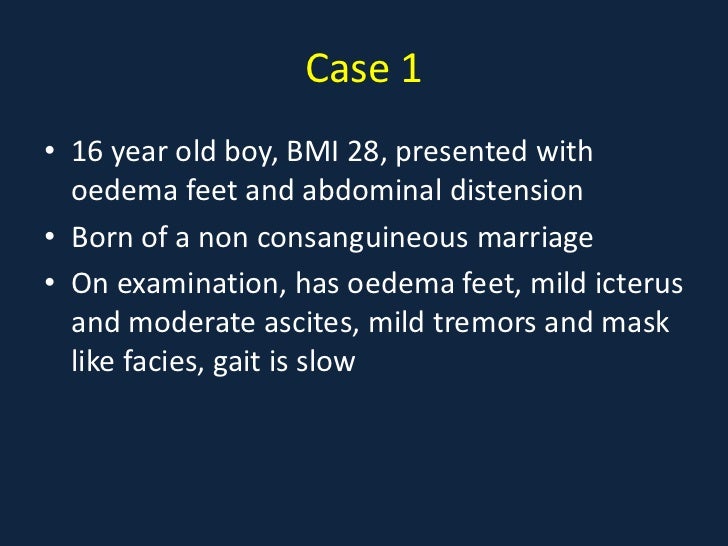




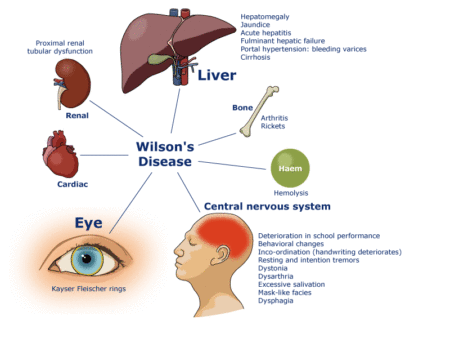











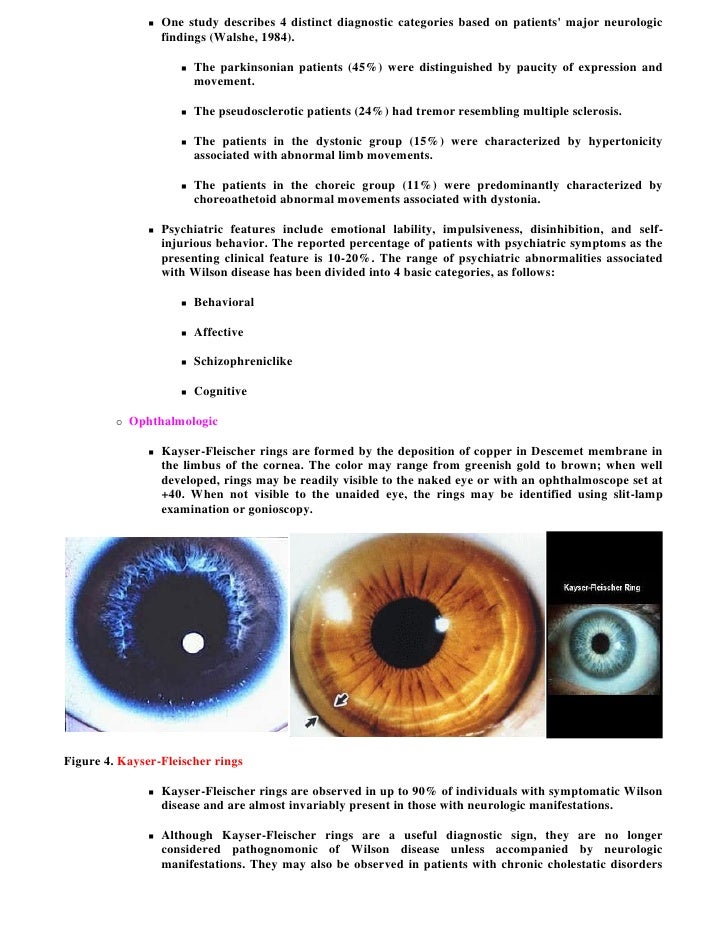

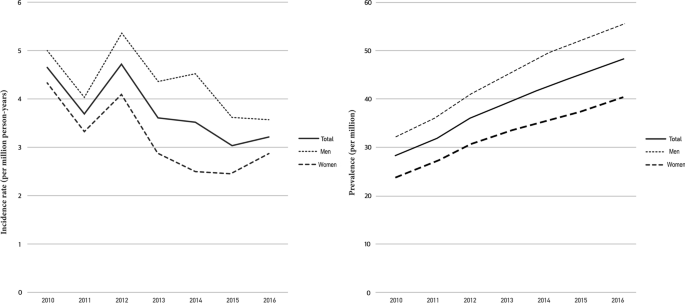







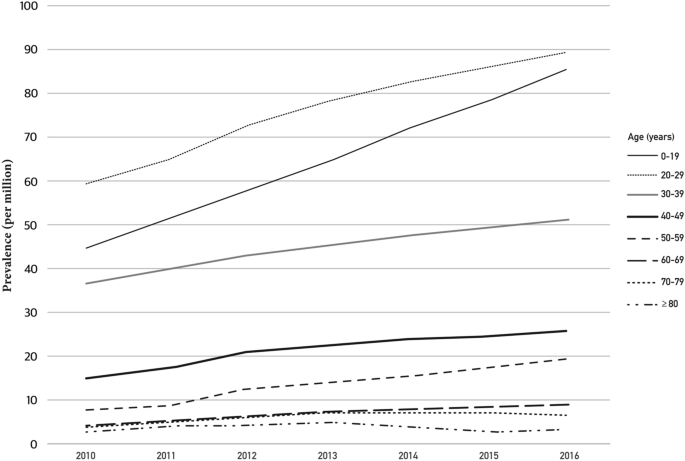
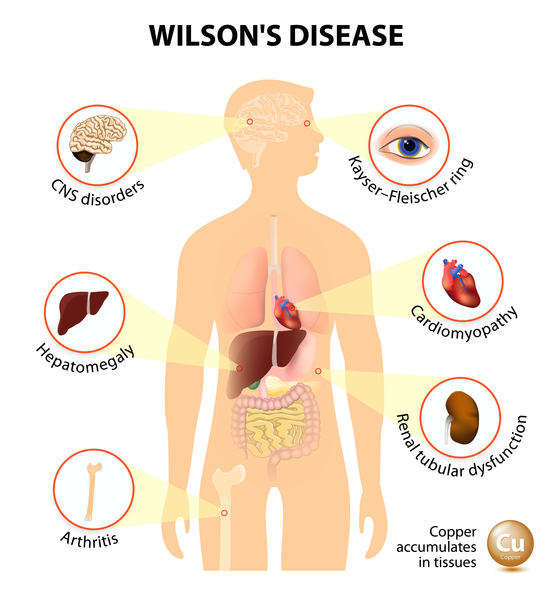
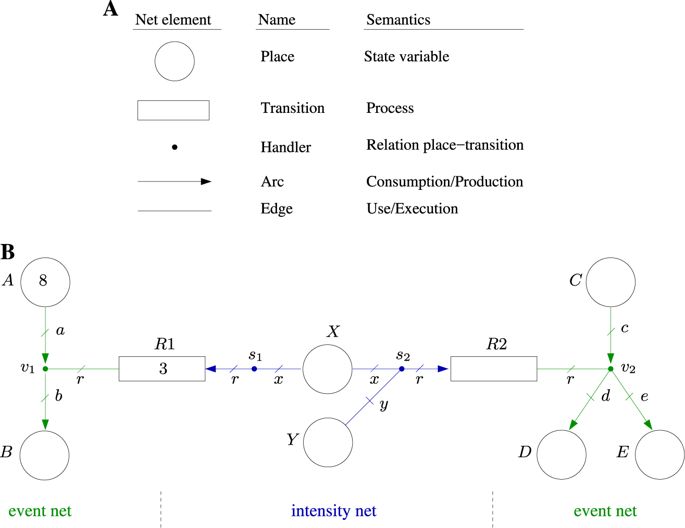


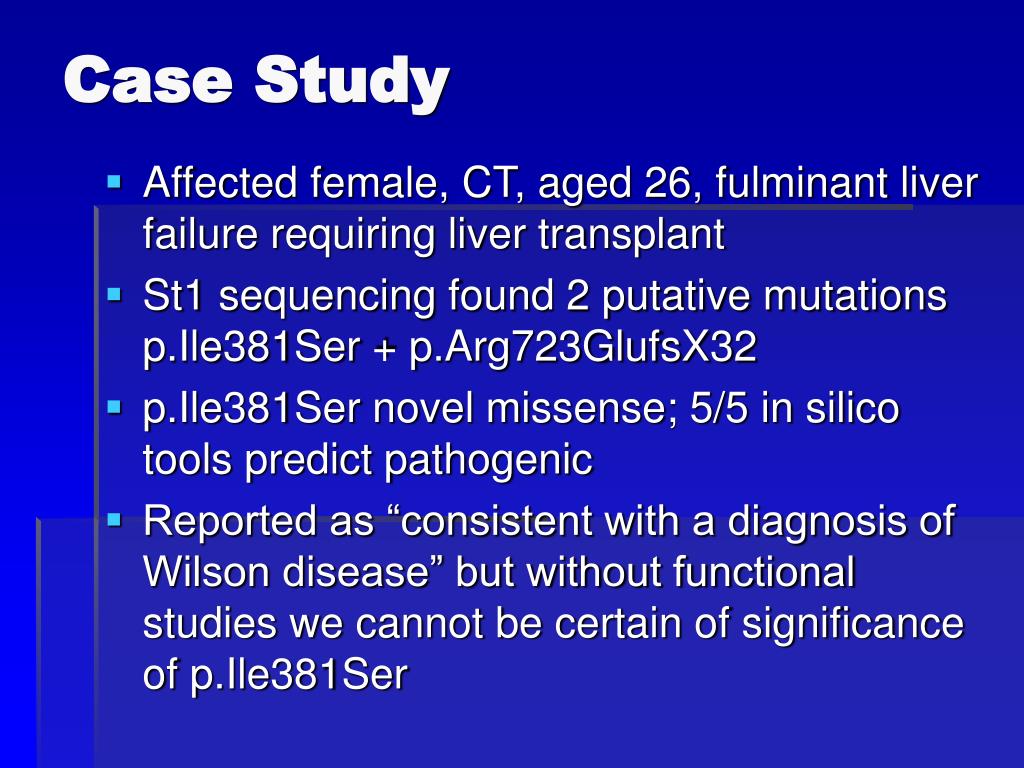

Post a Comment for "Wilson Disease Case Study"